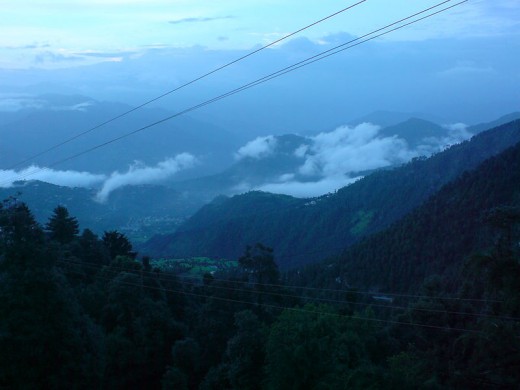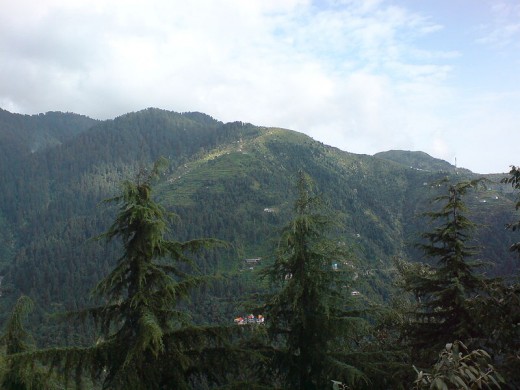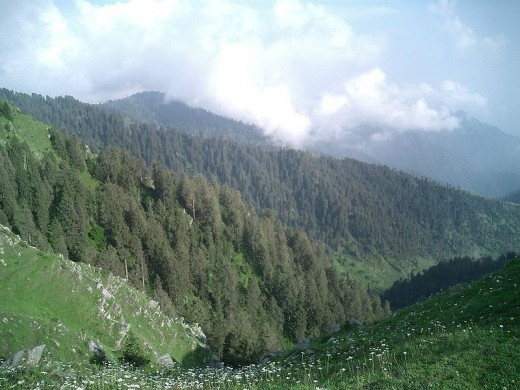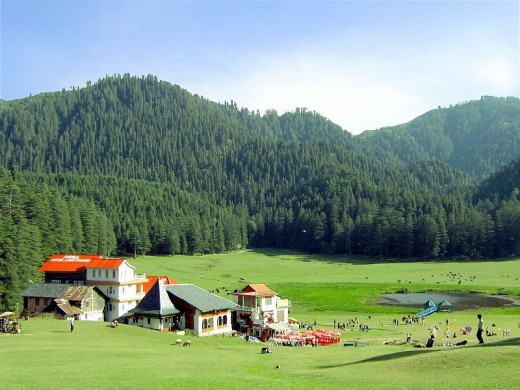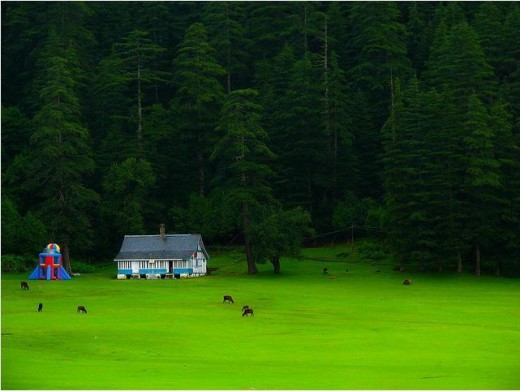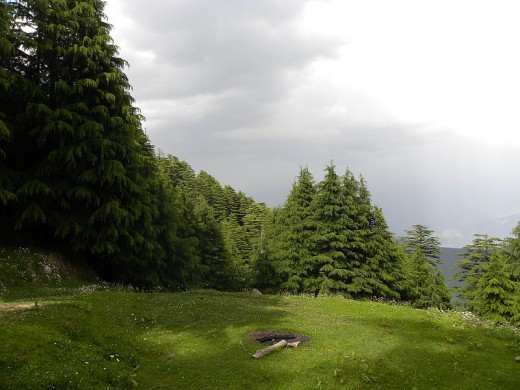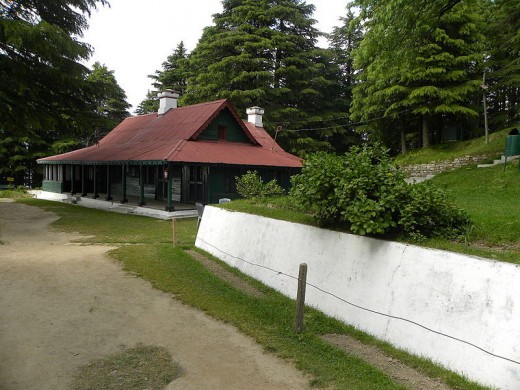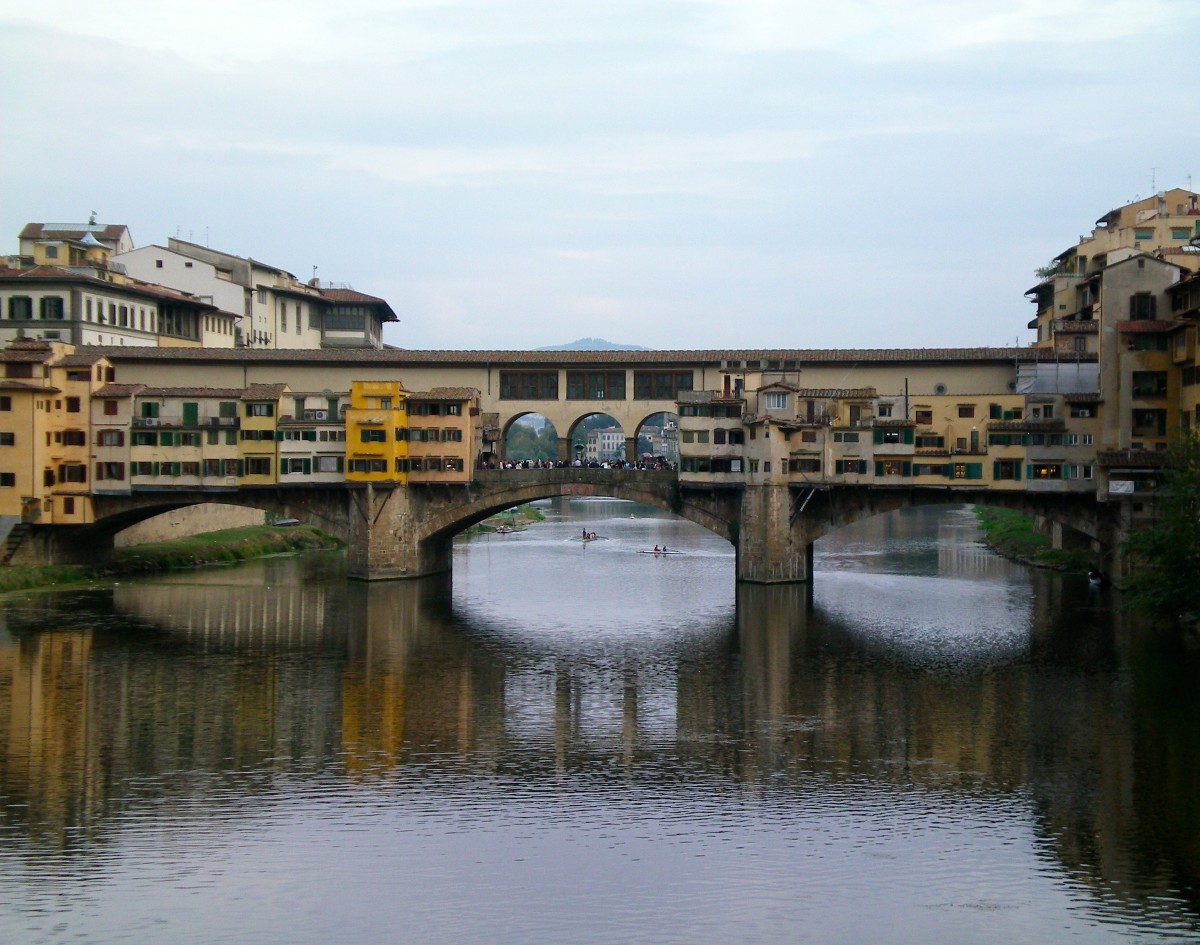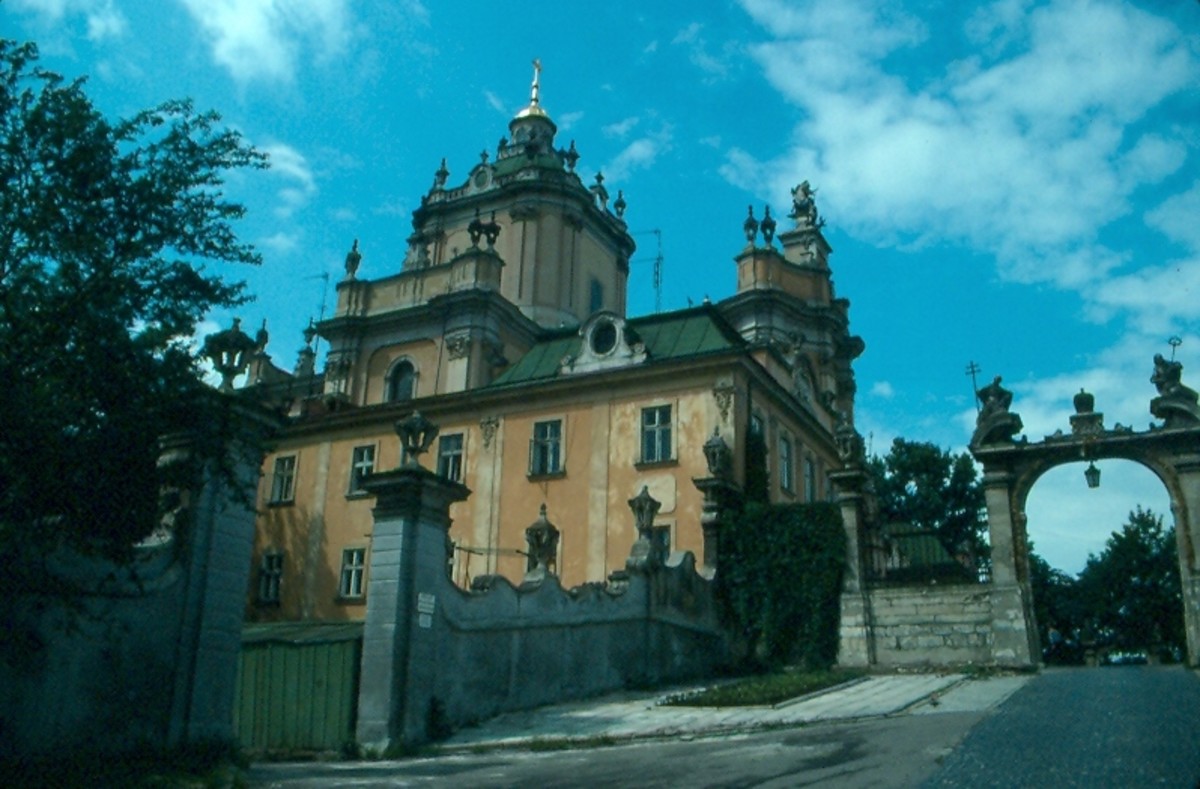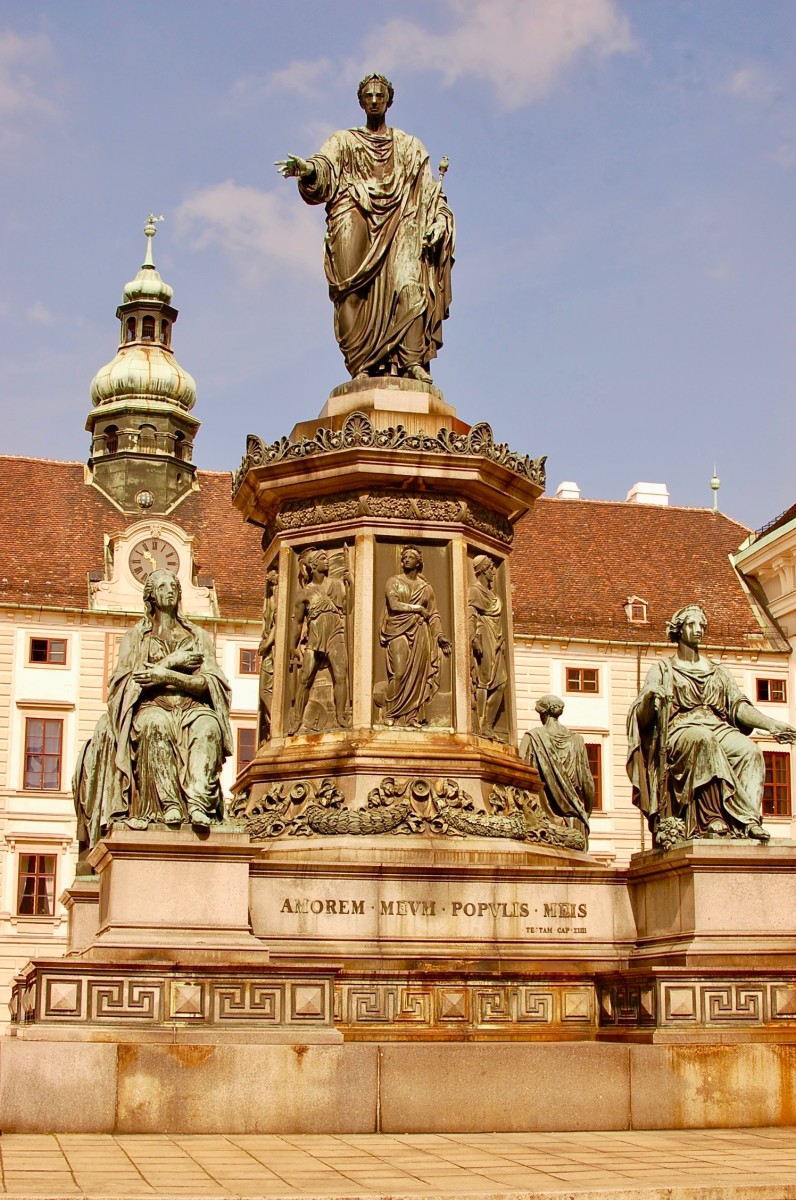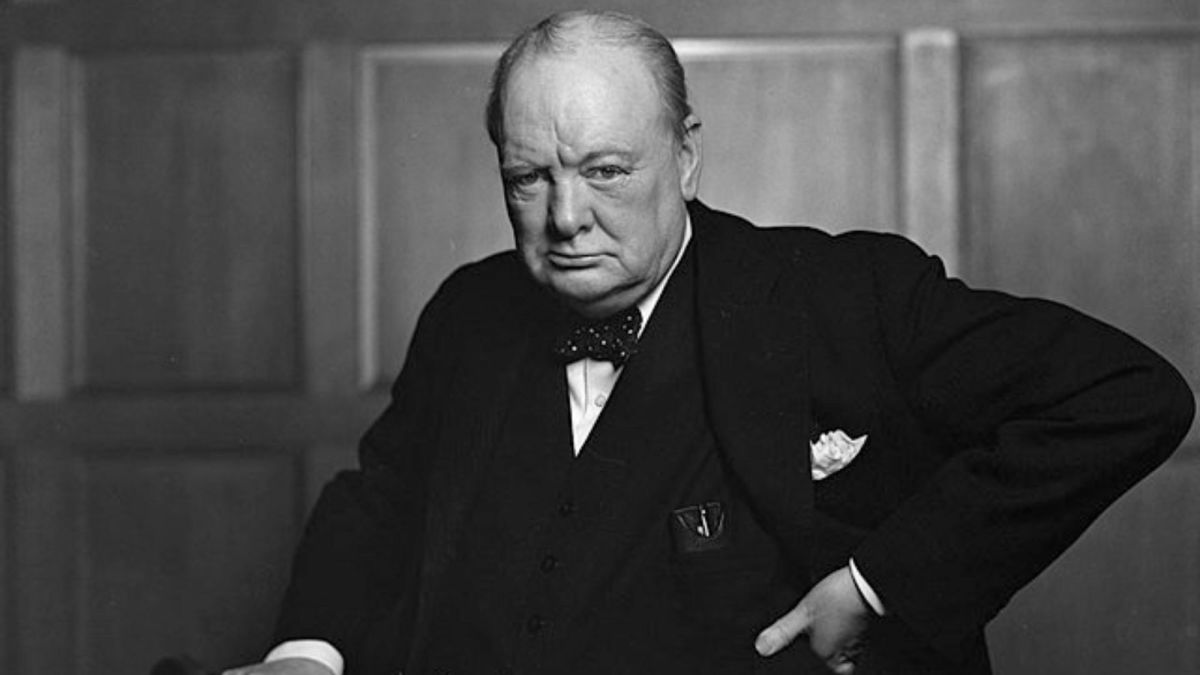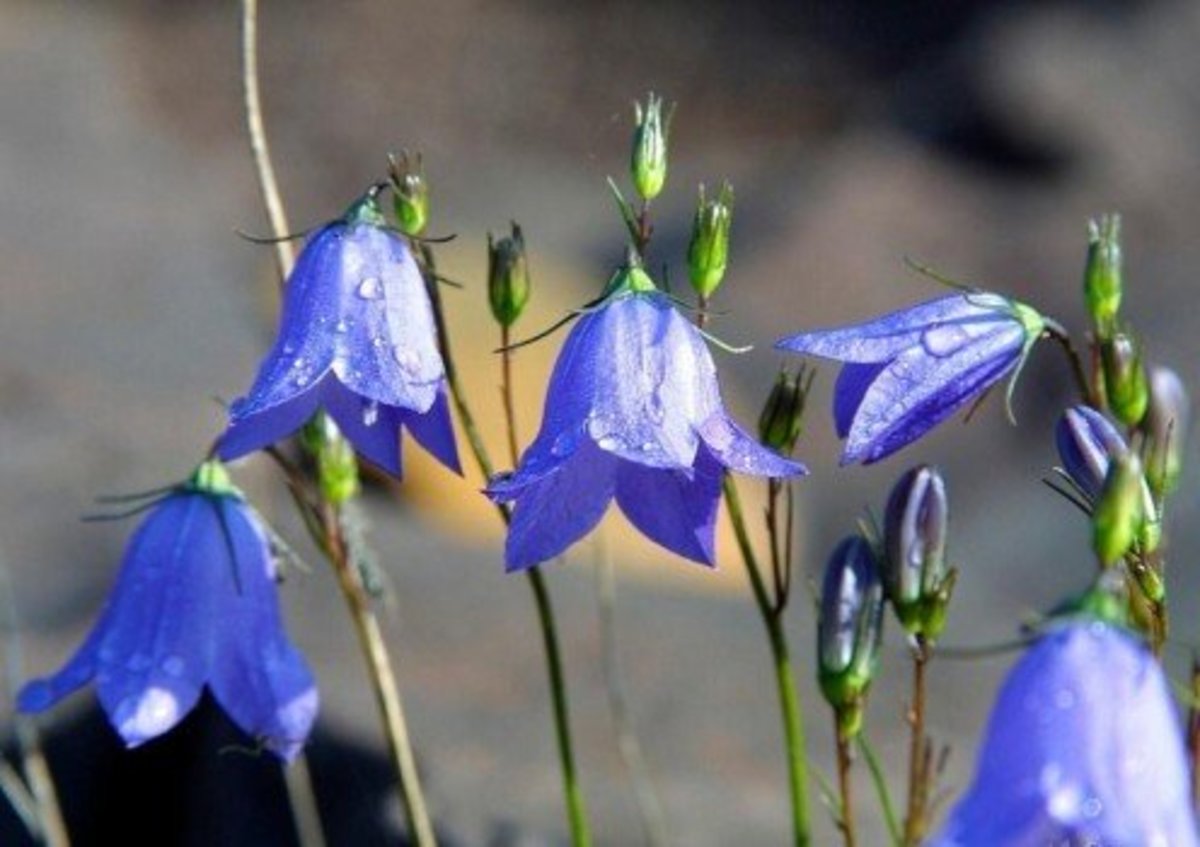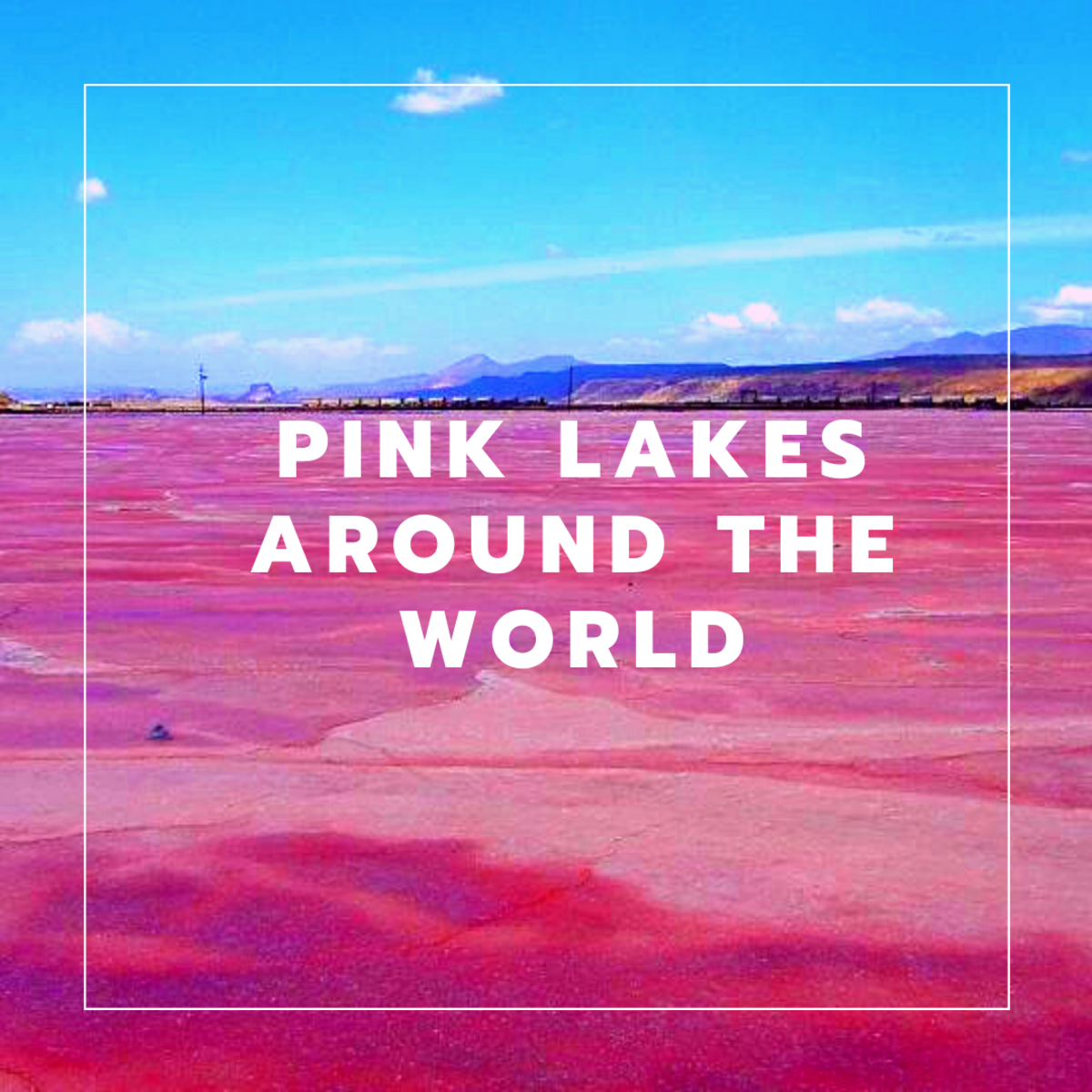Dalhousie- The Tourist Place in Himachal



The Summer Retreat of the British
Lying on the outer slopes of the Dhauladhar Ranges among the forests of scented oaks, deodars, Rhododendrons and pine trees, Dalhousie was conceived as an ideal retreat by its founder Lord Dalhousie, the British Governor General of India.
The place was developed in 1854 AD as a summer retreat of British troupes. The town presents a panoramic and spectacular view of the plains including the snow-capped peaks of Dhauladhar Mountains.
Location and Climate
It is situated at an altitude of 2036 meters above sea level and extending over an area of 13 square Km.
Dalhousie comprises of five distinct hills namely, Balun, Kathlog, Patreyn, Tehra and Bakrota with their heights ranging between 1525 to 2375 meters.
The temperature of the place goes down up to the freezing point in winters, while the summers are pleasing. The best time to visit the place is from May to September.
The Eternal Charm of Dalhousie
Colorful valley, level walks and zigzags trails passing through pine forests, and if the weather is clear, the fascinating view of Chenab and Beas Rivers, as a serpentine silver line, at a distance combine to make Dalhousie distinct and different from other Hill Stations in Himachal Pradesh. The local markets of the handicrafts of Himachal including Chamba chappals or slippers, Chamba Rumal or Handkerchief and carpets are a tourist’s delight. The Tibetan Market is a place not to miss.
The route to Dalhousie is enchanting and one is compelled to stop several times to see the surrounding heavenly beauty.
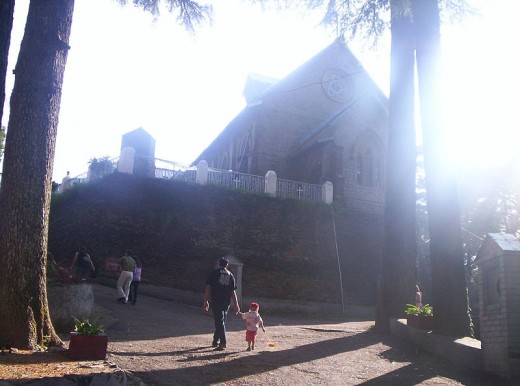
The Ancient Churches of Dalhousie
Dalhousie has a number of old and beautiful churches in colonial architecture of Gothic style dating back to 18th century, which is now lying in a state of neglect. It seems there is no one to look after these historical buildings.
The famous churches of Dalhousie are the St. Patrick’s and St. Andrew’s church at Balun, the St. Francis church at Subhash Chowk and the St. John’s church at Gandhi Chowk.
The Architecture
Unlike many other hill stations in Himachal Pradesh, where the houses have tin roofs. We find slate rooftops in Dalhousie and the surrounding areas. They do not require paint and nor do they ever rust or fade. Thus the houses look as stately and new as ever
The popular architecture is that of Scottish and Victorian style. Several old bungalows are still found in Dalhousie.
The Places of Interest
Beautiful carvings on the rock depicting Lord Buddha and local deities can be seen all over Dalhousie. Small pitchers containing water are kept near them, but the water is not offered to the deities.
Dalhousie has a number of places of tourist attraction. They include Banikhet, Devi Kund, Jandrighat, Kalayop, Khajjiar, Panjpula, and Satdhara.
Panjpula
Panjpula, some 2 Km from the town post office on the Ajeet Singh Road is a picturesque spot with a natural tank and the water flowing under the five small bridges. A stream feeds a series of pools at Panjpula. It was here that, Ajeet Singh the uncle of Shaheed or martyr Bhagat Singh died on 15th August 1947, the day India became independent. A Samadhi memorial on the spot stands in the memory of this great revolutionary.
A view from Subhash Bowli in Dalhousie
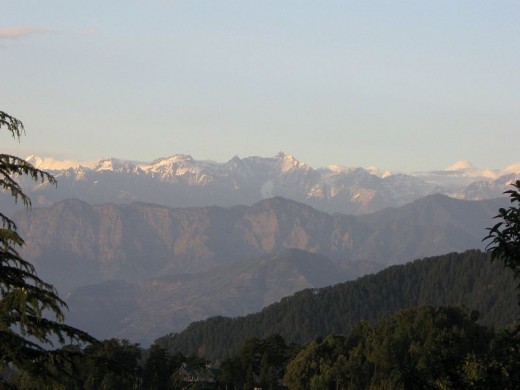
The Subhash Baoli
It is about 1 Km. from the town. This spectacular place is situated among dense forests.
It was here that the noted Indian Freedom fighter Subhash Chander Bose stayed in 1937 during his illness.
It is said that he recovered from tuberculosis by drinking the mineral water of a natural source here.
Khajjiar
Click thumbnail to view full-size

The Khajjiar Lake
Lord Curzon, the Governor General when visited Khajjiar could not help exclaiming, “It is the prettiest place I’ve seen in India’. Situated at an altitude of 1960 m above sea level, the place is just 22 Km. from Dalhousie and is lovingly called the Switzerland of India. The Khajjiar Lake has a circumference of 5 Km.
This beautiful place is surrounded by thick deodar forests and the snowy peaks are also visible at a distance.
Kalatop
Kalatop, about 8 Km. from Dalhousie, offers dense forests beneath the dark top. It is a wildlife sanctuary and an abode of Himalayan black deer or Ghoral. The place probably derives its name from the forest covering standing out against the azure of the sky during the day and the pink hues of sunset.


The Pangi Valley
Pangi is a trekker’s delight. It is completely isolated from the outside world. It can be approached by crossing 15000 feet high Sach Pass. Pangi forms a part of Chandra Bhaga valley.
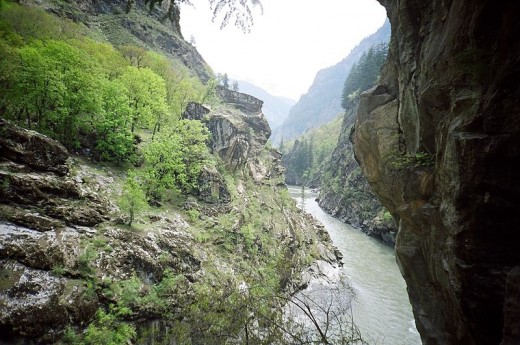
Mani Mahesh
Mani Mahesh is the most famous place of pilgrimage in Chamba. The pilgrims find it very difficult to visit the mount of holy Kailash which is 18564 feet above sea level. However, they can have a glimpse of Kailash from Mani Mahesh, a place 6000 feet below the beautiful and divinely Kailash. The holy peak is clearly visible from a small lake at Mani Mahesh.
The snow field at the base of the mountain is called Shiv Chowgan or the playground of Lord Shiva. But Chamba offers other attractions also.
Kailash Manimahesh
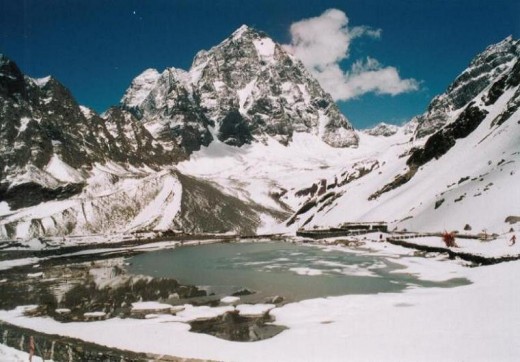
How to Reach Dalhousie
The place is about 486 Km from New Delhi. The nearest railway station Pathankot is 80 KM from the town. The nearest airport is Gaggal, which is at a distance of 135 Km. from Dalhousie. Regular bus services and cabs are available from Gaggal, Pathankot, and Delhi.
© 2014 Sanjay Sharma

